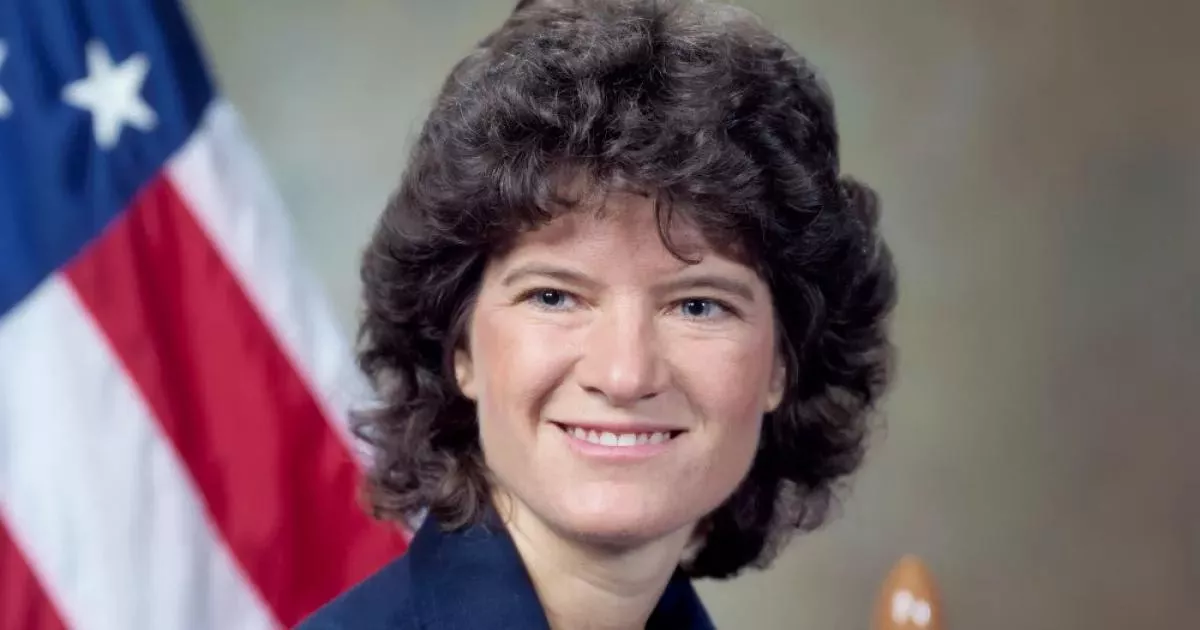From career breakthroughs to professional milestones, explore how Sally Ride made an impact.
Sally Ride was an American astronaut and physicist who became the first American woman in space in 1983. Joining NASA in 1978, her historic flight made her a symbol of progress and inspired countless individuals. She was also the youngest American astronaut to fly in space. Beyond her space missions, Ride dedicated herself to promoting science education, particularly for young girls. Her career encompassed scientific research and a commitment to fostering the next generation of scientists and explorers.
January 1977: Saw NASA astronaut recruitment article
In January 1977, Sally Ride saw an article about NASA recruiting women for the Space Shuttle program in The Stanford Daily.
June 30, 1977: NASA application deadline
By the June 30, 1977, deadline, NASA had received 8,079 applications, including Sally Ride's.
January 16, 1978: Selected as NASA astronaut
On January 16, 1978, Sally Ride was selected as part of NASA Astronaut Group 8.
August 31, 1979: Officially became an astronaut
On August 31, 1979, NASA announced that the astronaut candidates had completed their training and evaluation, and were now officially astronauts.
1979: Completed NASA training
In 1979, Sally Ride completed her training with NASA, becoming a ground-based capsule communicator.
April 1982: Selection announced for Space Shuttle mission
In April 1982, NASA officially announced Sally Ride's selection for the seventh Space Shuttle mission.
June 1983: First space flight
In June 1983, Sally Ride flew in space on the Space Shuttle Challenger on the STS-7 mission, deploying two communications satellites and the first Shuttle pallet satellite.
June 18, 1983: Space Shuttle Challenger launch
On June 18, 1983, the Space Shuttle Challenger lifted off from Kennedy Space Center, making Sally Ride the first American woman in space.
1983: First American woman in space
In 1983, Sally Ride became the first American woman to fly in space.
October 5, 1984: Launch of STS-41-G
On October 5, 1984, the Challenger launched from the KSC on STS-41-G. Ride, now a veteran astronaut, moved about freely in orbit, while the crew deployed a satellite, conducted Earth observations, and performed experiments.
October 13, 1984: Landing of STS-41-G
On October 13, 1984, the Challenger landed back at the KSC, completing 132 orbits in 197.5 hours. During the mission, Ride carried a scarf worn by Amelia Earhart. By this time, Ride had spent over 343 hours in space over her two flights.
1984: Second space flight
In 1984, Ride made her second space flight on the STS-41-G mission aboard the Challenger.
January 7, 1986: Recommendation for Journalist in Space Project
On January 7, 1986, Ride provided a glowing reference for Lynn Sherr for NASA's Journalist in Space Project.
June 6, 1986: Rogers Commission Report
On June 6, 1986, the Rogers Commission, on which Ride served, submitted its report on the Challenger disaster.
July 15, 1986: STS-61-I Mission Target Date
STS-61-I was scheduled to be flown no later than July 15, 1986, and was to deploy the Intelsat VI-1 and INSAT 1-C communications satellites and carry the Materials Science Lab-4.
July 1986: Scheduled Flight of STS-61-M
In July 1986, Ride was scheduled to fly on STS-61-M, a mission to deploy a Tracking and Data Relay Satellite System (TRDS).
October 1986: Publication of "To Space and Back"
In October 1986, Ride published a children's book, "To Space and Back," co-written with Sue Okie.
May 1987: Departure from NASA
In May 1987, Ride announced that she was leaving NASA to take up a fellowship at Stanford University's Center for International Security and Arms Control.
August 15, 1987: Fellowship at Stanford University
On August 15, 1987, Ride commenced a two-year fellowship at the Stanford University Center for International Security and Arms Control (CISAC).
July 1, 1989: Professor at UC San Diego
On July 1, 1989, Ride became a professor of physics at the University of California, San Diego (UCSD), and director of the California Space Institute (Cal Space).
1996: End of Directorship at Cal Space
Ride remained director of Cal Space until 1996.
September 1999: President of Space.com
From September 1999, Ride was the president of the space news website, Space.com.
July 2000: End of Presidency at Space.com
In July 2000, Ride's tenure as the president of the space news website Space.com ended.
2003: Columbia Accident Investigation Board
In 2003, Ride served on the Columbia Accident Investigation Board.
2007: Board of National Math and Science Initiative
In 2007, Sally Ride served on the board of the National Math and Science Initiative.
2007: Retirement from UCSD
Ride retired from UCSD in 2007 and became a professor emeritus.
May 7, 2009: Review of United States Human Space Flight Plans Committee
On May 7, 2009, Sally Ride was a member of the Review of United States Human Space Flight Plans Committee.
2012: Posthumous Revelation of O-Ring Information
After her death in 2012, it was revealed that Ride had provided key information about O-rings to the Rogers Commission, which eventually led to identifying the cause of the Challenger explosion.
Mentioned in this timeline
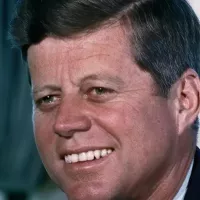
John F Kennedy JFK was the th U S President...
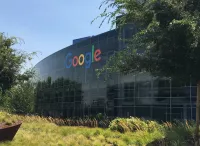
Google LLC is a multinational technology company specializing in online...

Barack Obama the th U S President - was the...
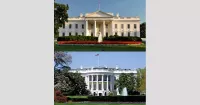
The White House located at Pennsylvania Avenue NW in Washington...
California is a U S state on the Pacific Coast...
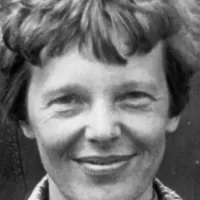
Amelia Earhart was a groundbreaking American aviation pioneer who vanished...
Trending
1 month ago Prince George's Royal Debut: Joins Kate, King Charles at Remembrance Festival.
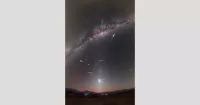
A meteor shower is a celestial event where numerous meteors appear to radiate from a single point in the night...

2 months ago Michael J. Fox Reflects on 'Teen Wolf' and 'Back to the Future' in Memoir.
6 days ago Jeremy O. Harris, 'Emily in Paris' Actor, Arrested in Japan for Drug Smuggling
Maribel Guardia a Costa Rica-Mexican actress gained initial recognition as Miss Costa Rica and subsequently participated in Miss Universe She...

1 month ago Tucker Carlson faced criticism from Ben Shapiro amidst Heritage staff shakeup and antisemitism concerns.
Popular

Candace Owens is an American conservative political commentator and author...

XXXTentacion born Jahseh Dwayne Ricardo Onfroy was a controversial yet...

Ilhan Omar is an American politician currently serving as the...
Matt and Ross Duffer known as the Duffer Brothers are...

Tom Cotton is an American politician and Army veteran currently...
The Kennedy Center Honors are annual awards recognizing individuals and...
